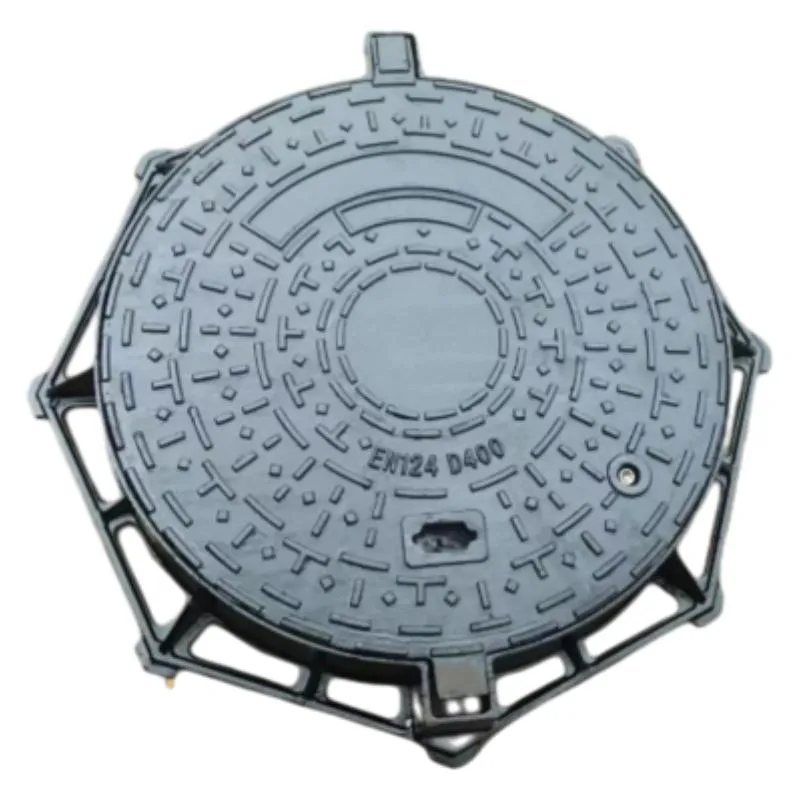gate valve drain
Understanding Gate Valve Drainage Systems
Gate valves play a crucial role in various industrial processes, particularly in the management of fluids in pipelines. Their primary function is to regulate the flow of liquids or gases. However, when it comes to maintenance and operational efficiency, the concept of gate valve drainage becomes highly relevant. This article explores the significance of gate valve drainage systems and their impact on operational efficiency.
What is a Gate Valve?
A gate valve is a type of valve that opens and closes by lifting a gate out of the path of the fluid. They are typically used in applications where a straight-line flow of fluid and minimum flow restriction is desired. Unlike other types of valves, gate valves are either fully open or fully closed, making them ideal for isolation purposes rather than throttling.
Importance of Drainage in Gate Valves
Gate valve drainage systems are crucial for several reasons. Firstly, they help in preventing water accumulation. In many industrial contexts, especially in water treatment plants or chemical processing facilities, residual liquid can remain in pipes and valves. If not properly drained, this liquid can lead to corrosion, impacting the lifespan of the valve and associated piping.
Secondly, proper drainage is essential for safety. In cases where pressurized fluids are involved, any failure on the part of the valve could result in leaks or even catastrophic failure. By incorporating effective drainage systems, operators can ensure that any potential hazards are addressed proactively.
Design Considerations
gate valve drain

When designing a gate valve drainage system, several factors must be taken into account. The size and type of the gate valve are paramount; larger systems require more robust drainage solutions to handle the volume of fluid. Additionally, the material of the valve and the nature of the fluid being handled will influence the drainage design. For instance, corrosive fluids may necessitate the use of specialized materials that can withstand chemical degradation.
Another important consideration is the location of the drainage points. They should be strategically located to allow for maximum drainage efficiency while avoiding any potential blockages caused by sediment or other contaminants.
Maintenance Practices
Regular maintenance of gate valve drainage systems is essential. This includes routine inspections to check for any signs of wear or blockage. It is also advisable to implement a cleaning schedule to remove any residual materials that might impede drainage capabilities.
Operators should also be trained to recognize the signs of inadequate drainage, such as unusual pressure readings or unexpected leaks. Quick remediation can prevent more severe issues down the line.
Conclusion
Gate valve drainage systems are an integral part of fluid management in numerous applications. They promote operational efficiency, enhance safety, and extend the life of equipment. By understanding the importance of proper drainage and implementing effective maintenance practices, industries can optimize their processes and mitigate potential risks associated with fluid flow management. In doing so, they not only comply with safety regulations but also contribute to a more sustainable and efficient operational environment.
-
The Smarter Choice for Pedestrian AreasNewsJun.30,2025
-
The Gold Standard in Round Drain CoversNewsJun.30,2025
-
The Gold Standard in Manhole Cover SystemsNewsJun.30,2025
-
Superior Drainage Solutions with Premium Gully GratesNewsJun.30,2025
-
Superior Drainage Solutions for Global InfrastructureNewsJun.30,2025
-
Square Manhole Solutions for Modern InfrastructureNewsJun.30,2025
-
Premium Manhole Covers for Modern InfrastructureNewsJun.30,2025
